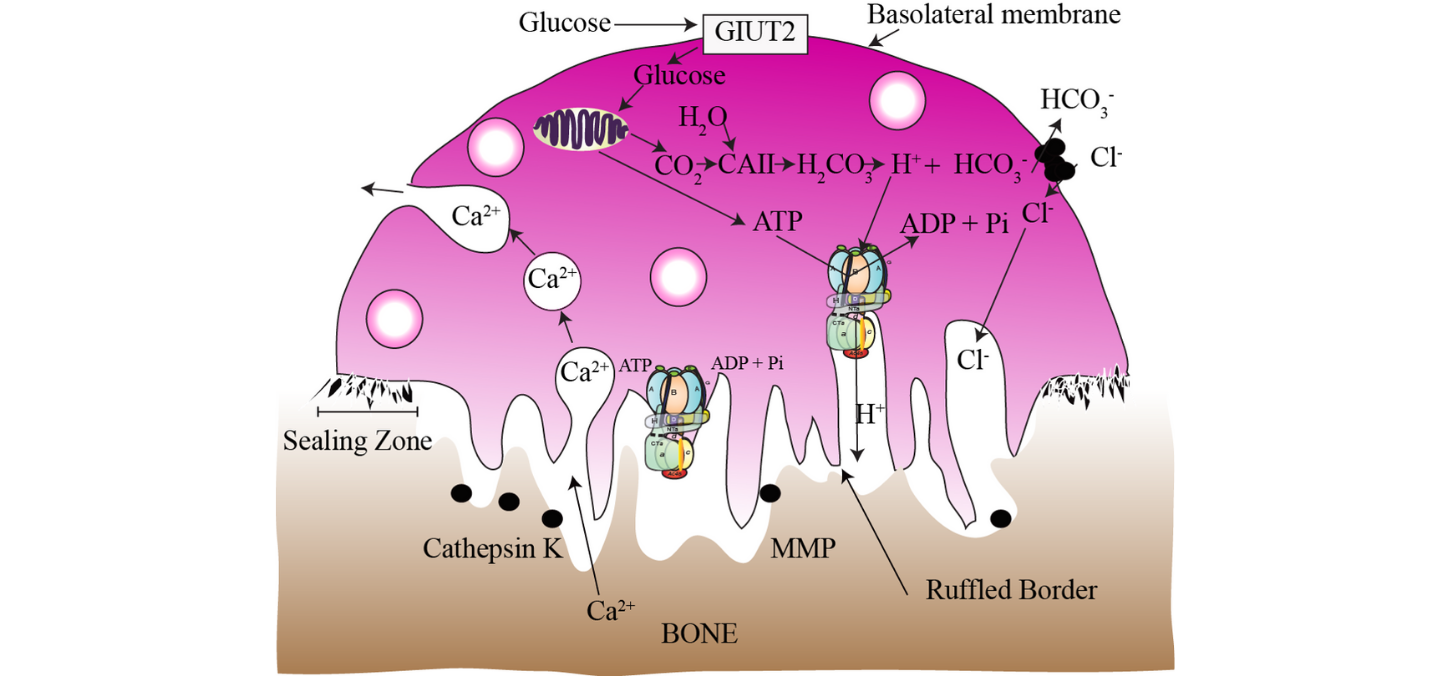
Dentistry researcher lands NSERC grant for bone study
By Rachel Boutet
Professor Morris Manolson was recently awarded an National Science and Engineering Research Council (NSERC) research grant in the latest round of competition. Totaling $160,000, the five-year Discovery Grant will allow Manolson to investigate mechanisms that regulate intracellular vesicle transport, which is essential in bone rejuvenation.
Bone loss occurs with a variety of diseases, most commonly seen with post-menopausal osteoporosis. Bone is constantly dissolving and being remade, with people ultimately losing bone mass after a certain age. The issue with women is the signal to make bone, estrogen, disappears after menopause, where as with men, it’s more gradual.
“Bone is a very dynamic organ – it’s not static,” says Manolson. “Every time you hit your bone, it deforms a bit and forms a small fracture while still keeping its overall shape. All of these small fractures have to be dissolved in order to make new healthy bone.”
When menopause occurs, bone dissolves quicker than it’s able to be remade, resulting in bone loss. Manolson says there are great medicines that work in the short term to stop bone loss, but in the long term, the quality of your bone decreases.
“There are therapeutics that stop bone from being dissolved, but they also stop healthy rejuvenation,” he says. “The goal of our research is not to stop all bone from being dissolved or made, but to turn the rate of dissolving down to allow more bone to be made.”
Here is a summary of Manolson’s research:
To save energy, space, and weight, everything in nature serves at least two different purposes. Here we explore the possibility that V-ATPase, a cellular acid pump, also functions as a scaffold for assembling and regulating signaling molecules.
V-ATPases are large cellular pumps composed of at least 16 different protein components. One half of this protein structure is located in the membrane, forming a channel to transport acid from one side of the membrane to another. The other half of V-ATPase faces the cytoplasm and generates the energy necessary to ‘operate’ this pump and transport the acid. Further complicating the issue, these acid pumps contain different ‘variations’ of the 16 protein components, depending on the location (and function) inside the cell. Each combination of these protein ‘variations’ is unique to a specific location inside the cell. Since assembling, targeting, and operating these complex acid pumps requires a substantial amount of energy, we believe that the cell utilizes a part of this pump for another essential function.
Similar to the mail couriers transporting millions of packages to different addresses, cells also send thousands of small membrane ‘packages’, called vesicles, that carry various signaling molecules to different cellular addresses. However, instead of a barcode stuck on the mail package, cells use Rab, Rho, and ARF proteins to specify exact cellular addresses. These Rab, Rho, and ARF proteins require careful regulation to insure accurate delivery. Since different V-ATPase ‘variations’ are already located in the specific parts of the cell, we believe that they serve as perfect “regional postal offices”, or scaffolds, and a play key role in the assembly and regulation of various signaling molecules.
Photo: To dissolve bone, osteoclast V-ATPases pump acid onto the bone surface (provided by Morris Manolson)